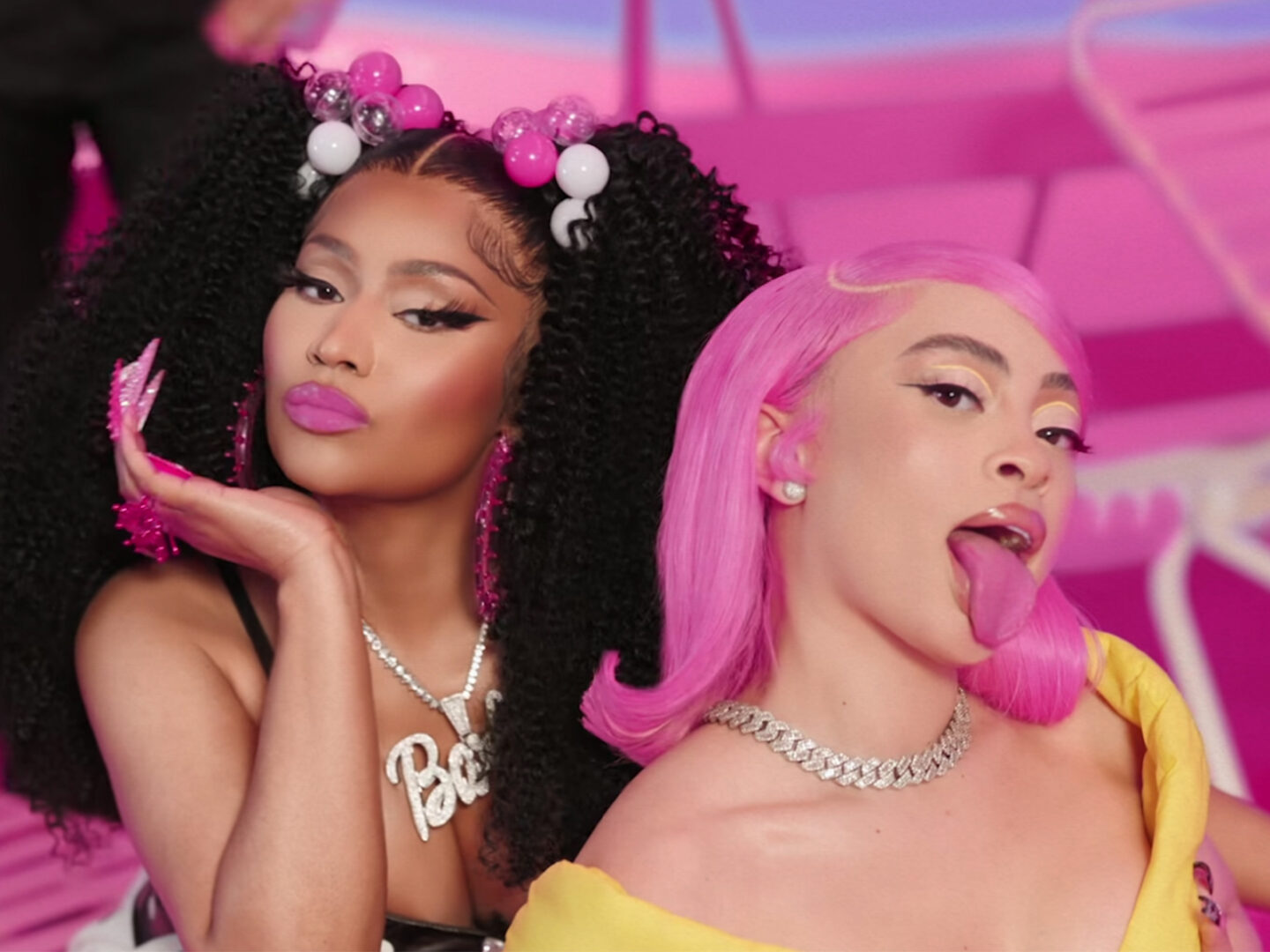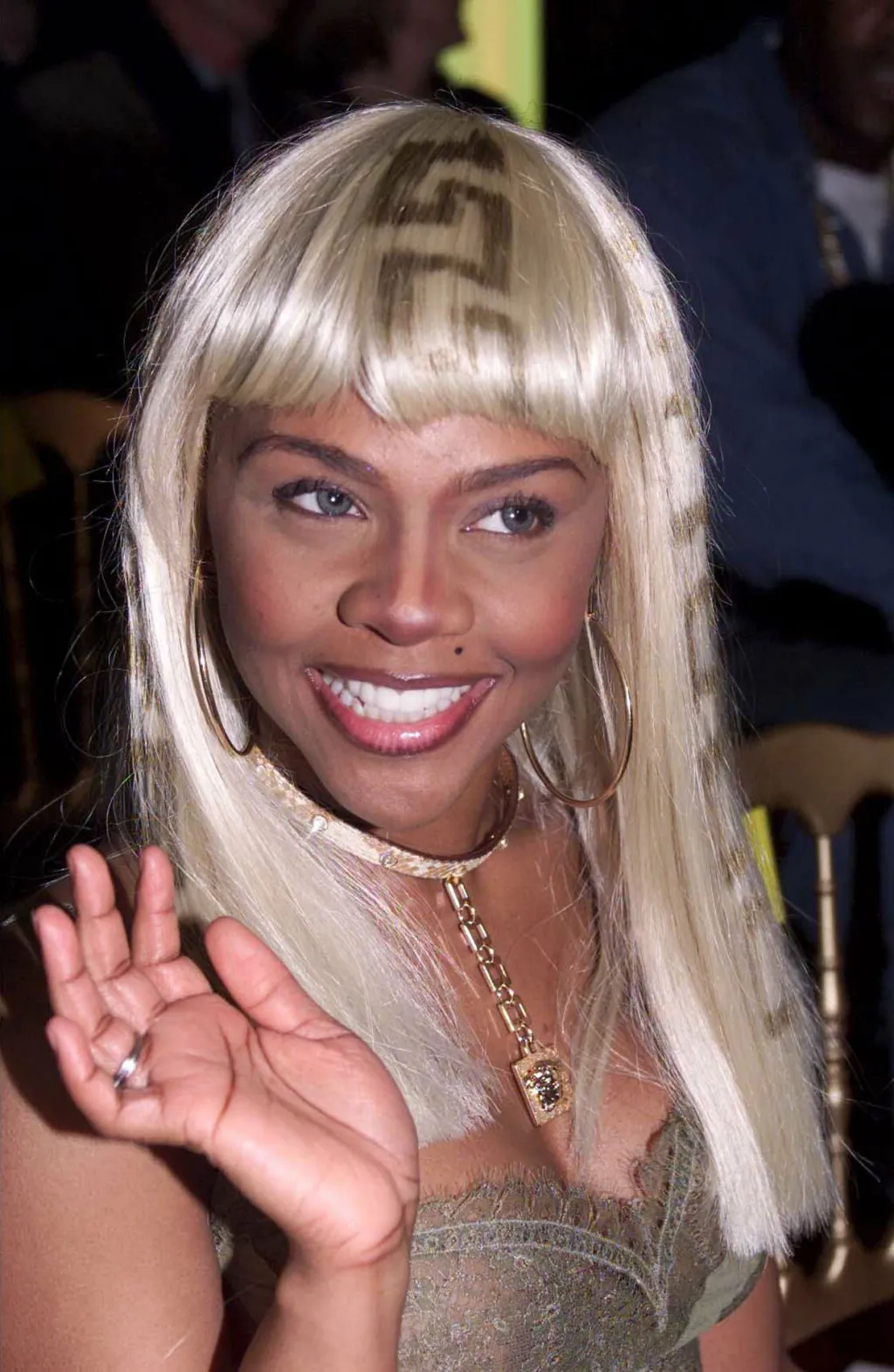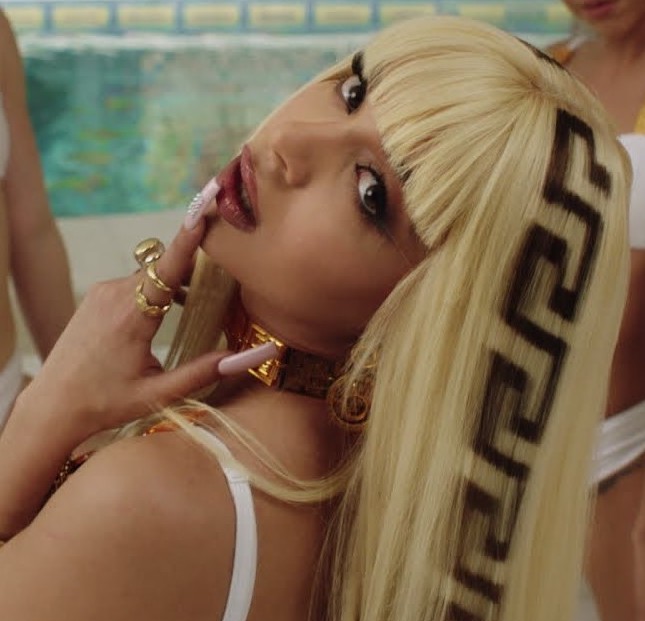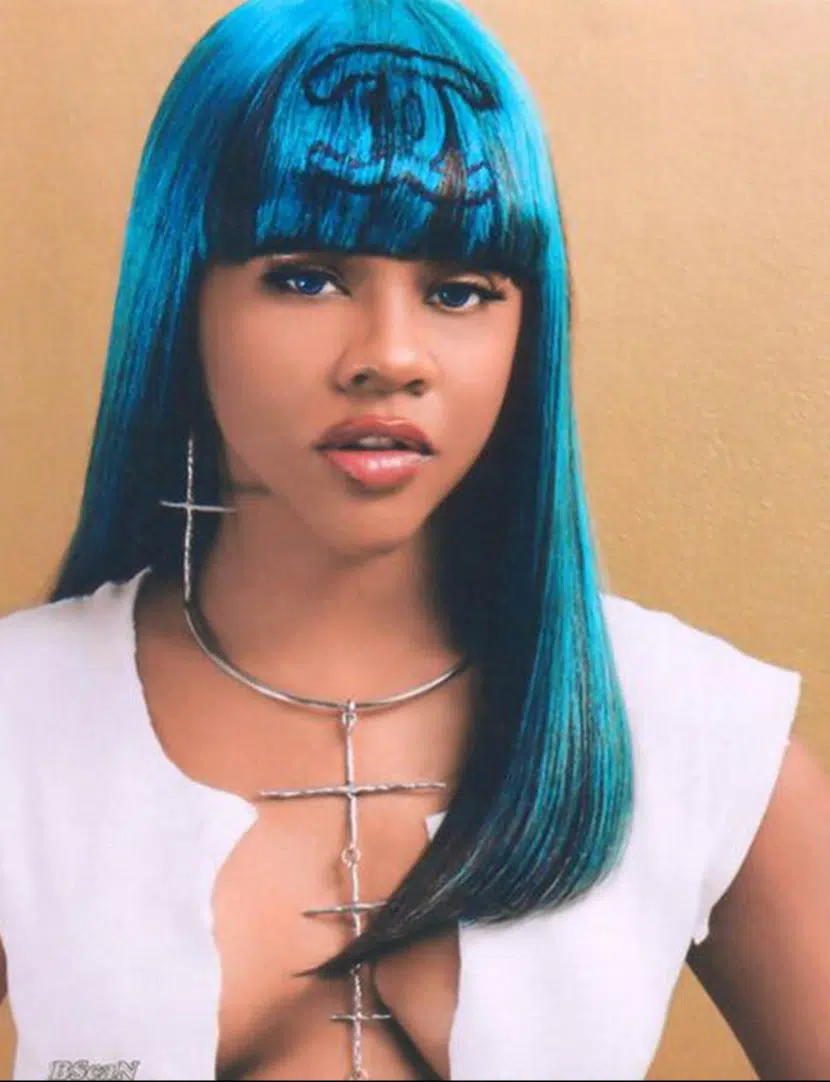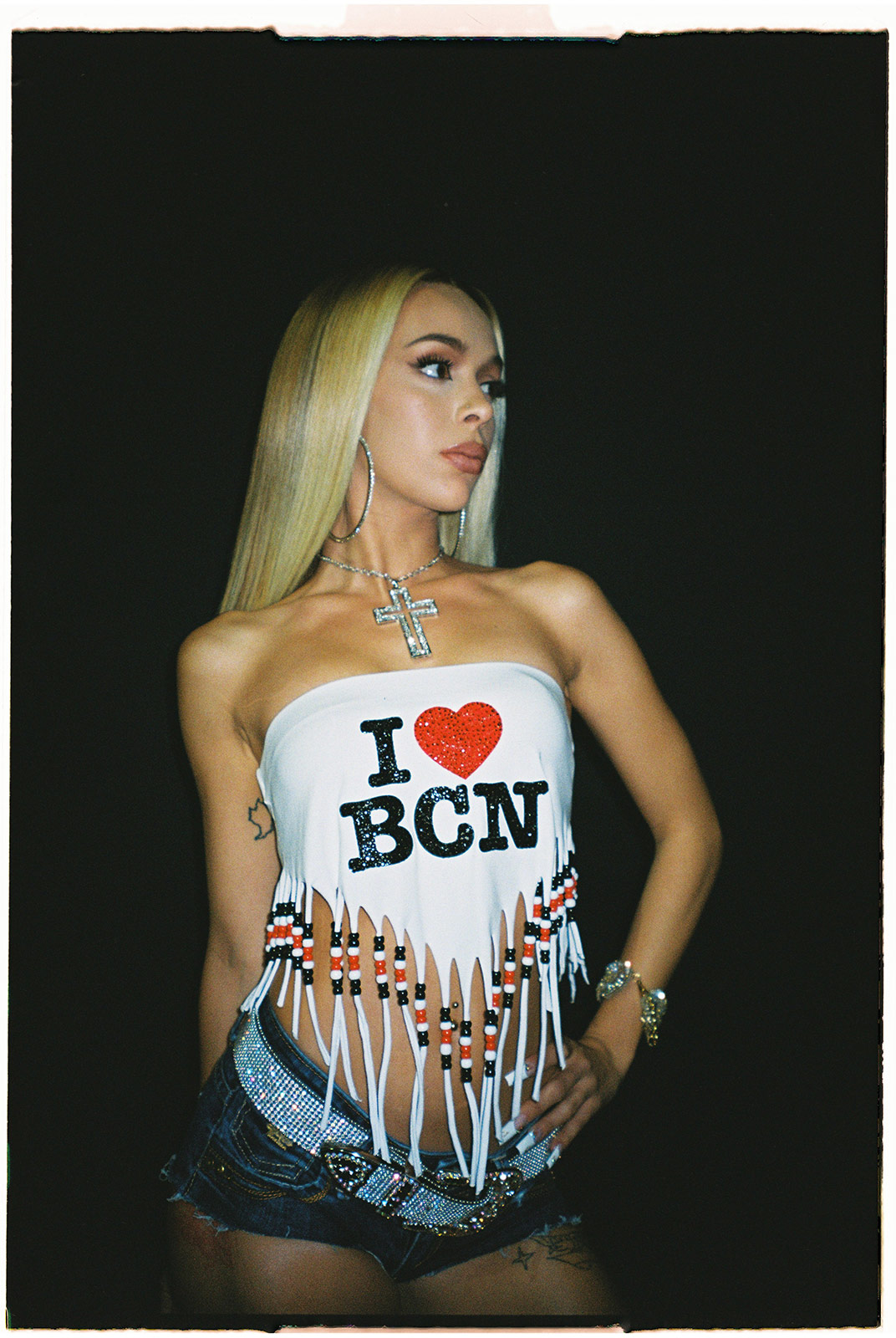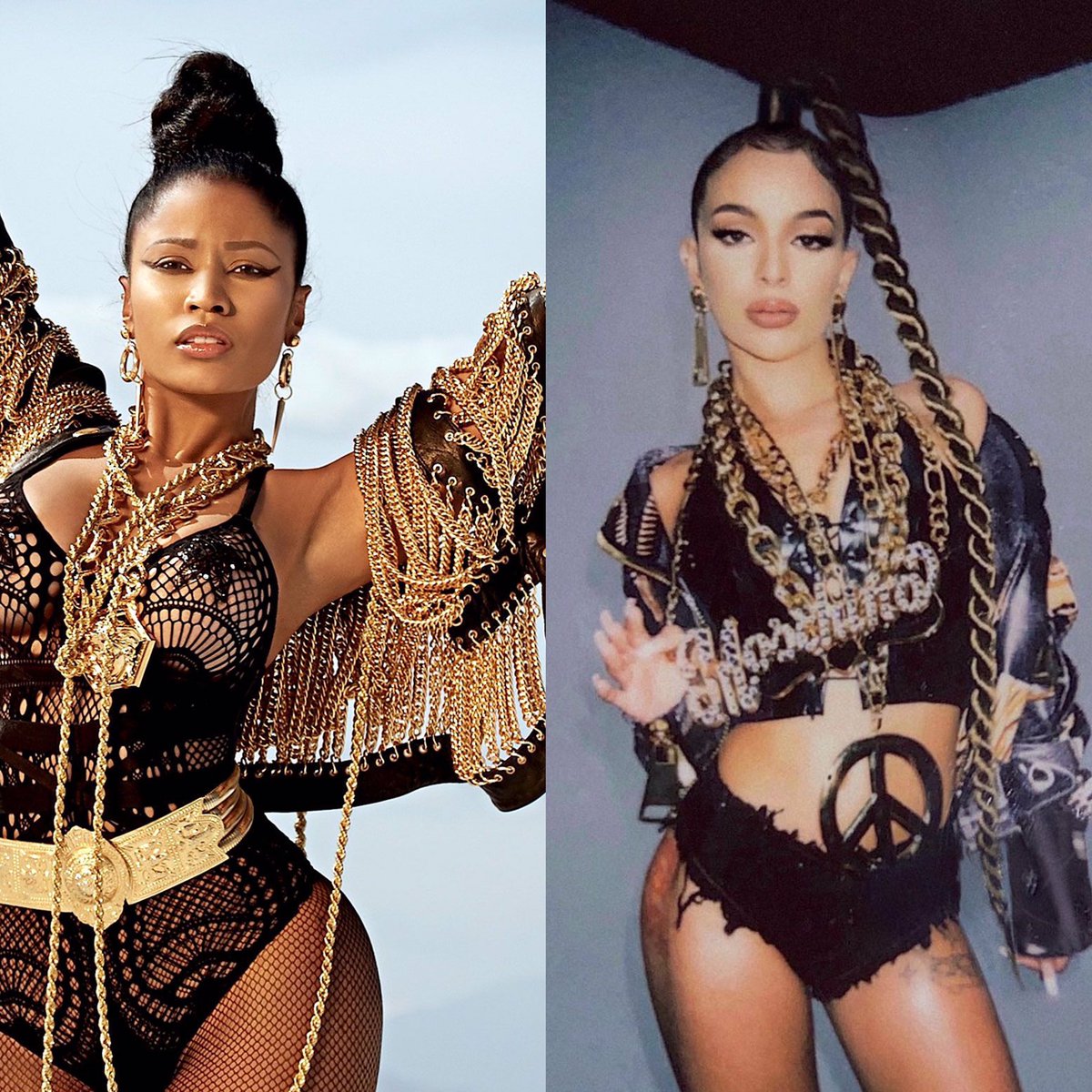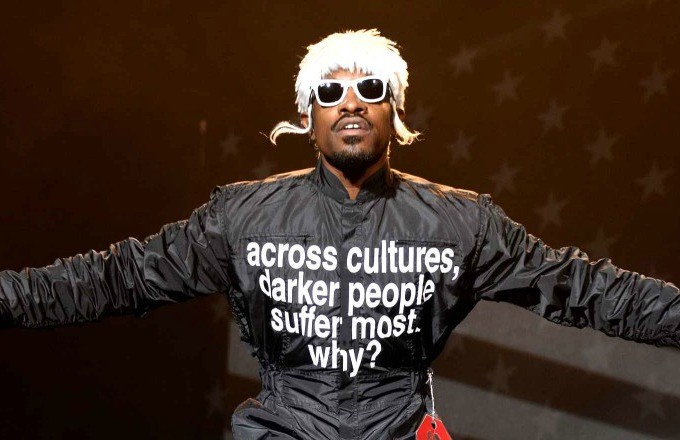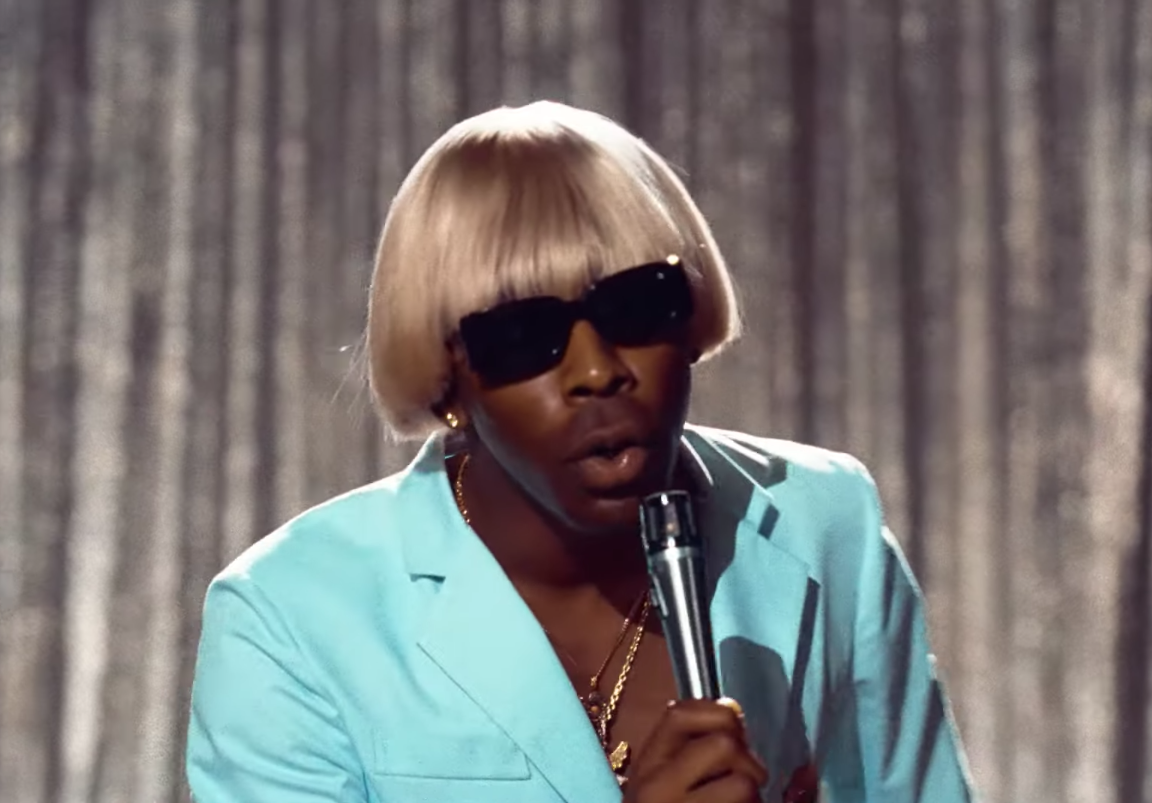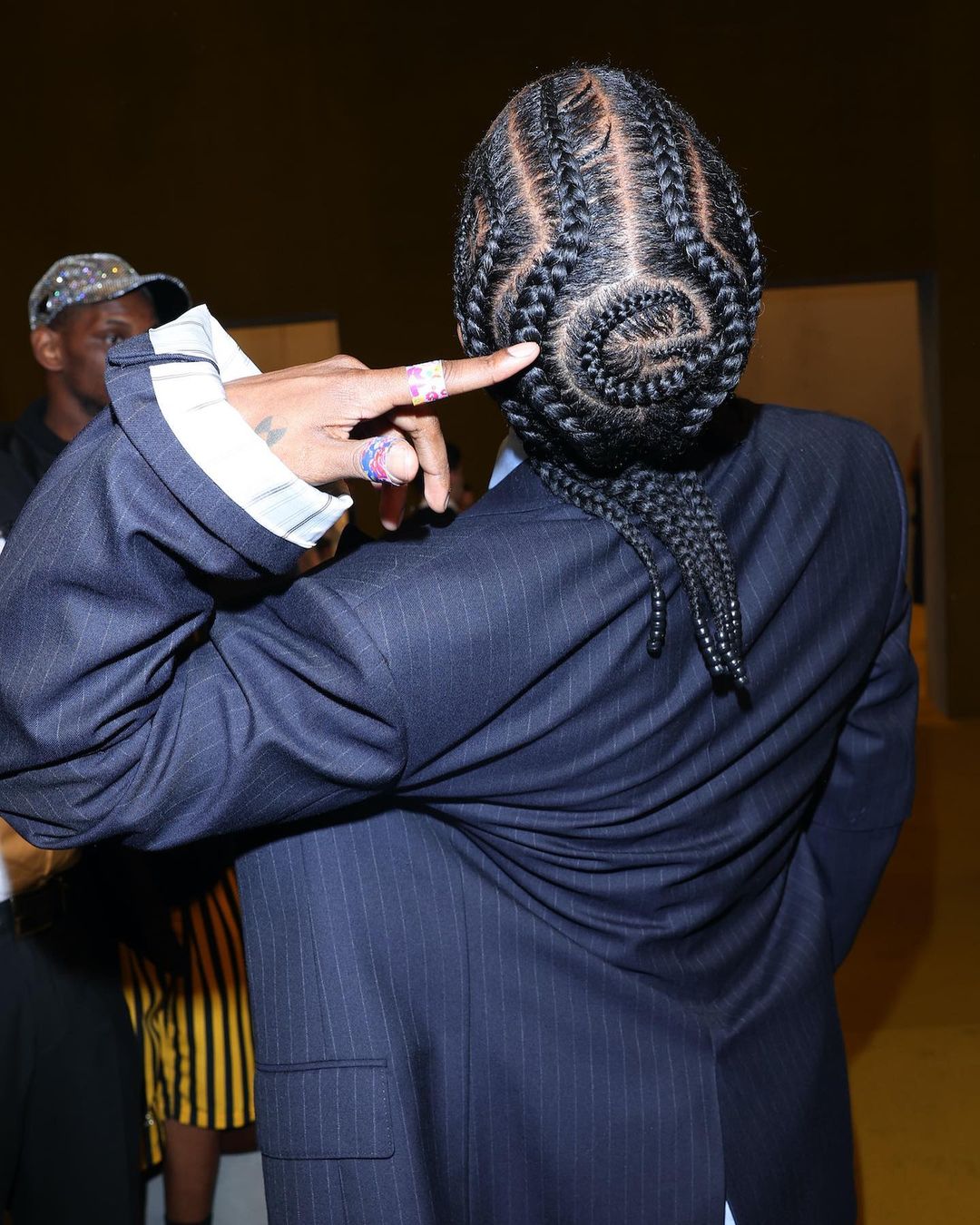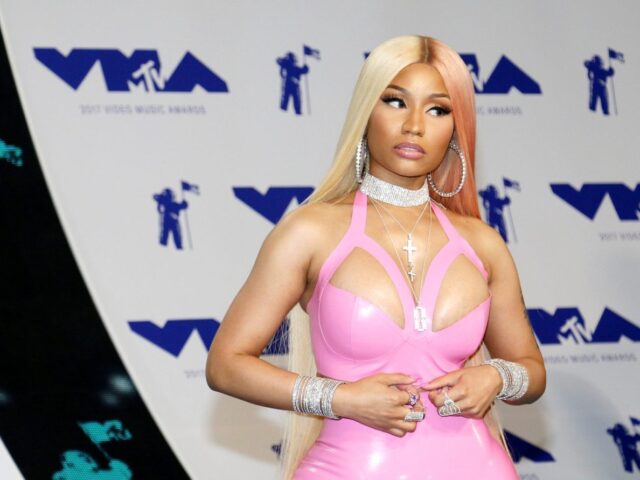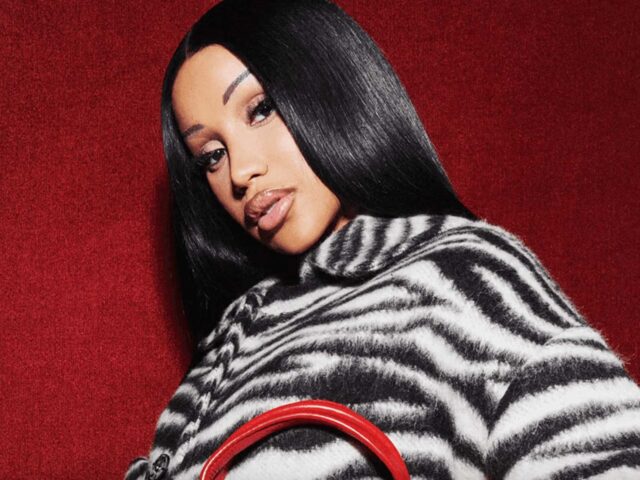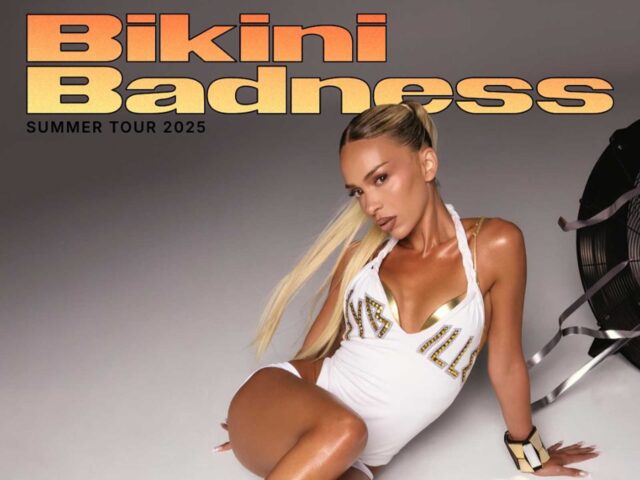Hip-hop has significantly influenced the shaping of the canons of beauty, within its own culture and beyond. The genre emerged in the African-American and Latino communities of the Bronx in the 1970s and has since become a worldwide phenomenon. As the musical genre has evolved and gained popularity, it has brought with it new expressions of beauty. These new social constructs have challenged traditional standards, changing dominant perceptions of what is beautiful and what is not.
The phenomenon dates back to the 1980s, when hip-hop began to establish itself as a major cultural driver. When the Salt-N-Pepa girls released their global hit, “Push It,” their matching, asymmetrical haircuts came on as strong as their ability to create catchy tunes.
Behind them there have been many artists, both women and men, responsible for popularizing the hairstyles of the Afro-American and Afro-Latin culture, whether braids, dreadlocks, wigs … It may be that their reason for being is the importance of hair aesthetics in the black community. For Lil’ Kim in her golden age, hair was everything. She was ahead of her time in many ways with logo wigs (created by Dionne Alexander). Alexander created Kim’s turquoise blue wig with the Chanel logo and the platinum one with the Versace Greek keys.
Bad Gyal has paid tribute on several occasions to looks of the American rap legend in music videos using these wigs. Use that has not been limited only to the female sector of hip-hop, but has also been reproduced by rappers like André 3000 or Tyler The Creator. Nor can we ignore the fact that Asap Rocky’s are one of the most popular braids in male beauty (remember his Gucci braids, which made headlines at Milan Fashion Week). The rapper also gives a lot of importance to his manicure, something that in the West would be relegated to women but historically has been a basic beauty ritual in Latin communities such as Brazil, where men frequently get manicures.
In the same way, iconic female rappers have also helped challenge gender roles. Before there was a Teyana Taylor or even an Aaliyah, Missy Elliot was already building a niche for women in hip hop. Along with Lil Kim and Queen Lattifah she stood up to a male-ridden industry. From body and sexual acceptance, Missy Elliot has maintained a strong feminist voice and a tomboy aesthetic in a hypersexualized and sexist industry, where the formula for success was decided by men. The rapper thrived with misogyny and homophobia at her heels, and she did so without ever having to resort to a sensuality approved by the industry’s patriarchy.
We should not underestimate what artists like Beyoncé, Nicky Minaj or Cardi B and Megan The Stallion have achieved. They, in their use of the body have also carried out a subversion of gender roles and the canons of beauty. Fostering an independence and self-confidence, they have been and are in a genre that is still mostly male.
BOOTYLICIOUS ERA
By the time Beyoncé wrote Bootylicious with Destiny’s Child, skinny legends were all the rage. The bodies of the supermodels of the 90s were the example to follow for those who wanted to fit the mold. The success of the song then led to the rise in media visibility of voluptuous personalities such as Jennifer Lopez. America was developing an affinity for bigger buttocks and that crossover of African-American popular culture, fashion and sexual politics spread throughout the West. Hip-hop queens like Nicki Minaj, Megan Thee Stallion and Cardi B, known for their curvaceous shapes, have millions of followers on Instagram. Their success within the industry reflects their impact on popular culture, and obviously the exaltation of their physical attributes through their discourse highlights the growing commercial appeal of the butt.
The bootylicous trend is especially evident in the growing accessibility and normalization not only of buttock enhancements but also of twerk or perreo, a dance that focuses on ass and hip movements. The phenomenon, despite becoming the prevailing model now, and its impact on the canons of beauty, does not cease to be questioned for perpetuating the hypersexualization and objectification of women, besides being the object of cultural appropriation by many celebrities as is the case of Miley Cyrus, whose twerking at the MTV Video Music Awards in 2013 and during concerts on her “Bangerz Tour” marked a before and after in contemporary pop culture. But without a doubt, Kim Kardashian and her sisters have been the most prominent example of the monetization of black culture, appropriating the body attributes of the community and hip-hop culture. A fetishization of the bodies of the marginalized, now reproduced as a symbol of pride and beauty by women like the Kardashian clan or our greatest example in Spain which is Bad Gyal.
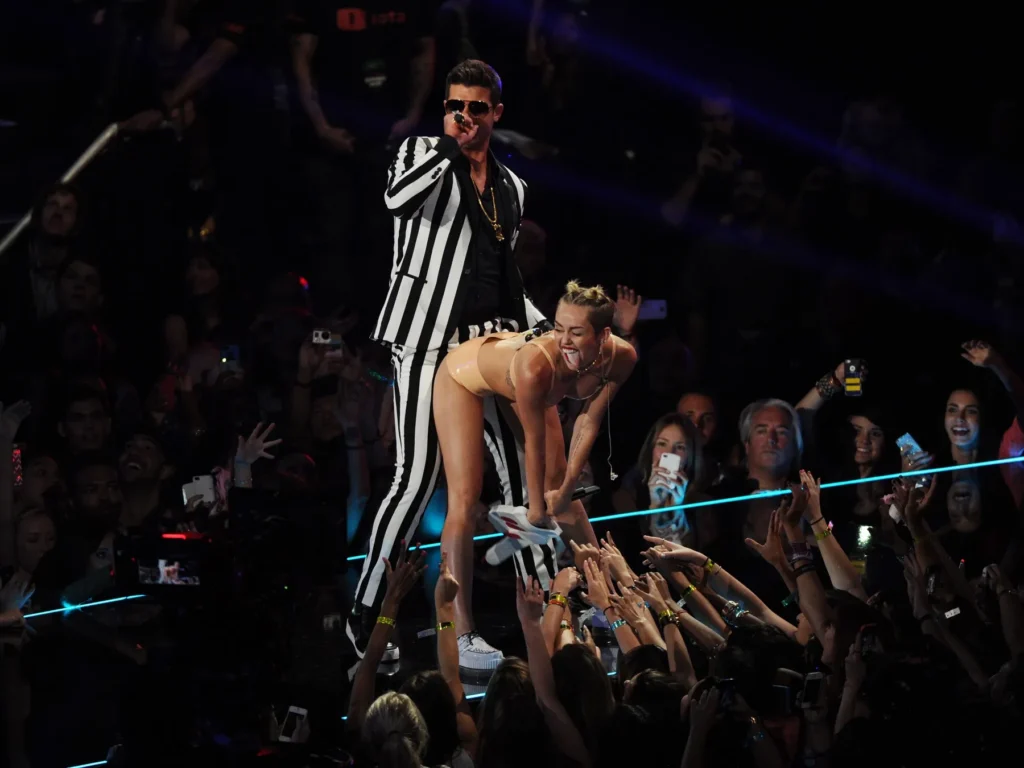
Nicki Minaj also took cultural ownership, in her own way, with the Barbie doll. The artist adopted Barbie as her alter ego, altering the Mattel icon and reinterpreting it in new ways for a diverse audience. Thanks to her Barbie stopped having only white skin and blonde hair, and many girls and teenagers began to be able to identify with the doll without necessarily being white and blonde. An appropriation that can also be seen as succumbing again to the prevailing hypersexualization but that perhaps has saved many racialized girls from marginalization and non-acceptance of their bodies.
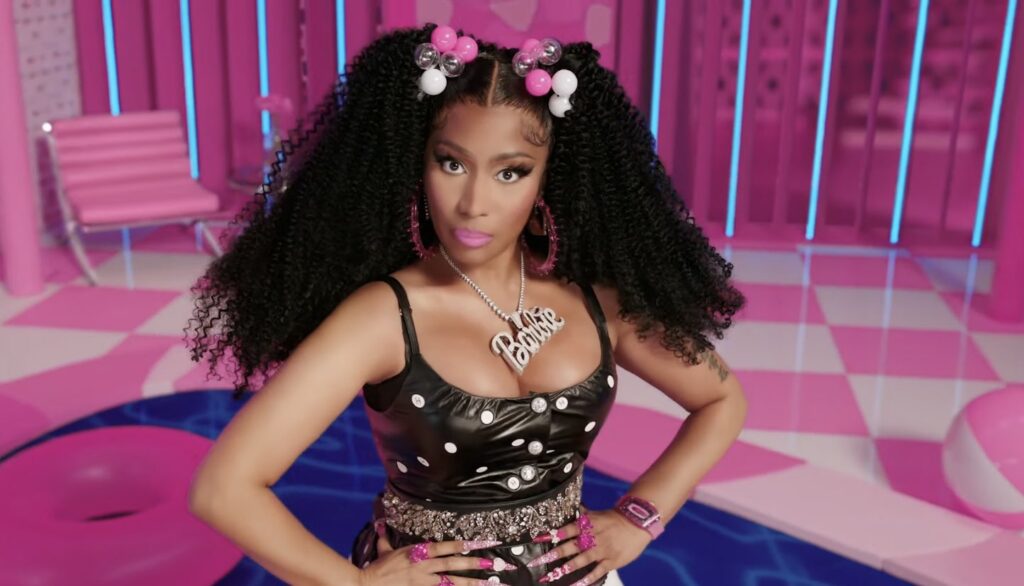
Clearly, like any cultural movement, hip-hop’s influence on beauty standards is complex and has both positive and negative aspects. In its 50-year history, the music genre has played a crucial role in reshaping the canons of beauty by promoting diversity, inclusion, self-expression and body positivity, and continues to be a powerful force in challenging social norms around beauty.
Sigue toda la información de HIGHXTAR desde Facebook, Twitter o Instagram
